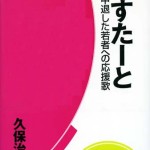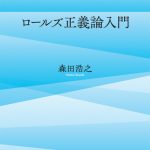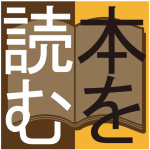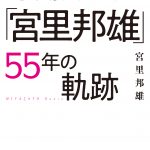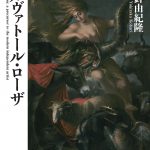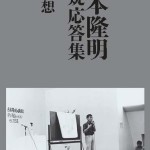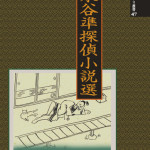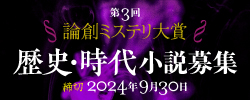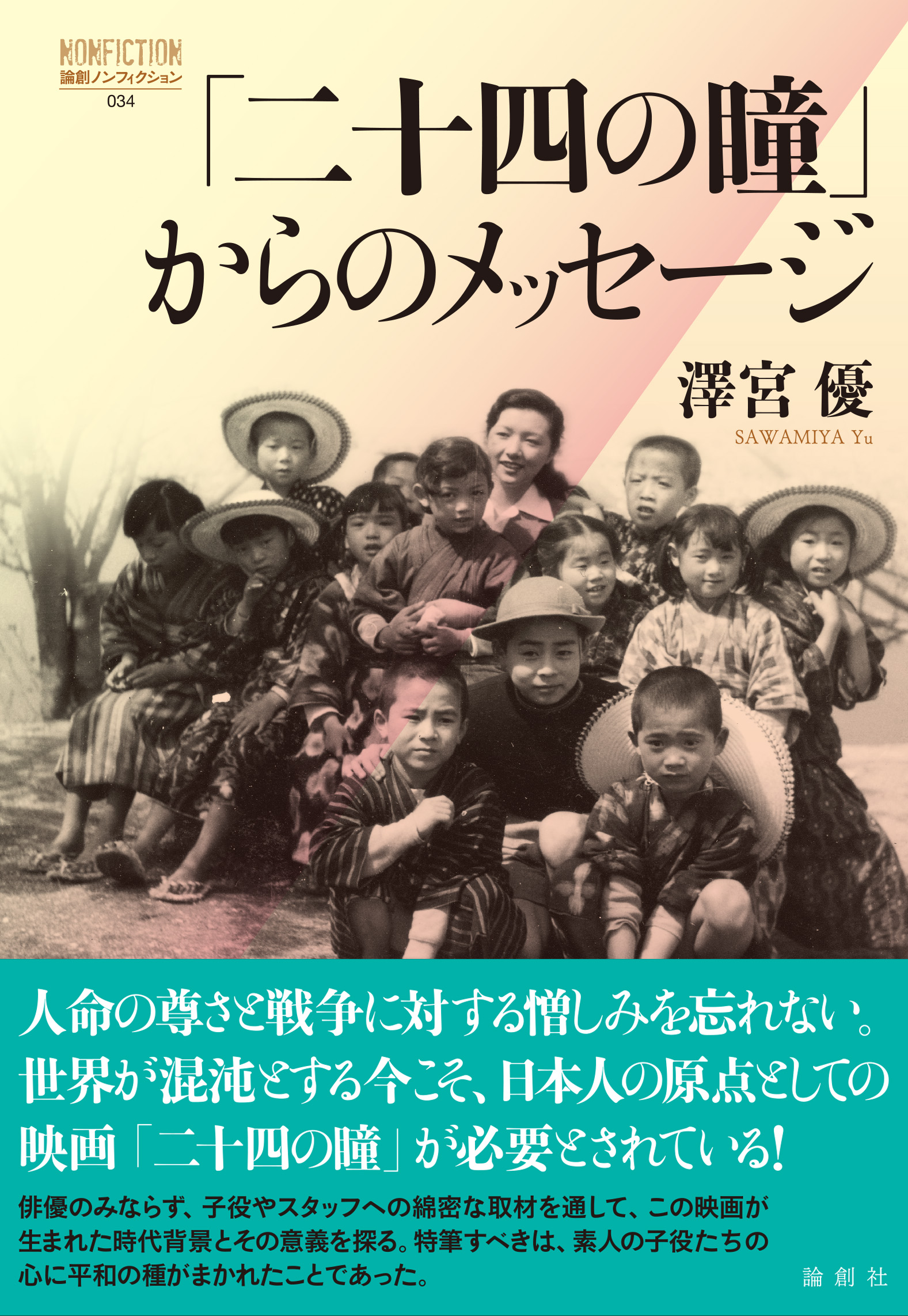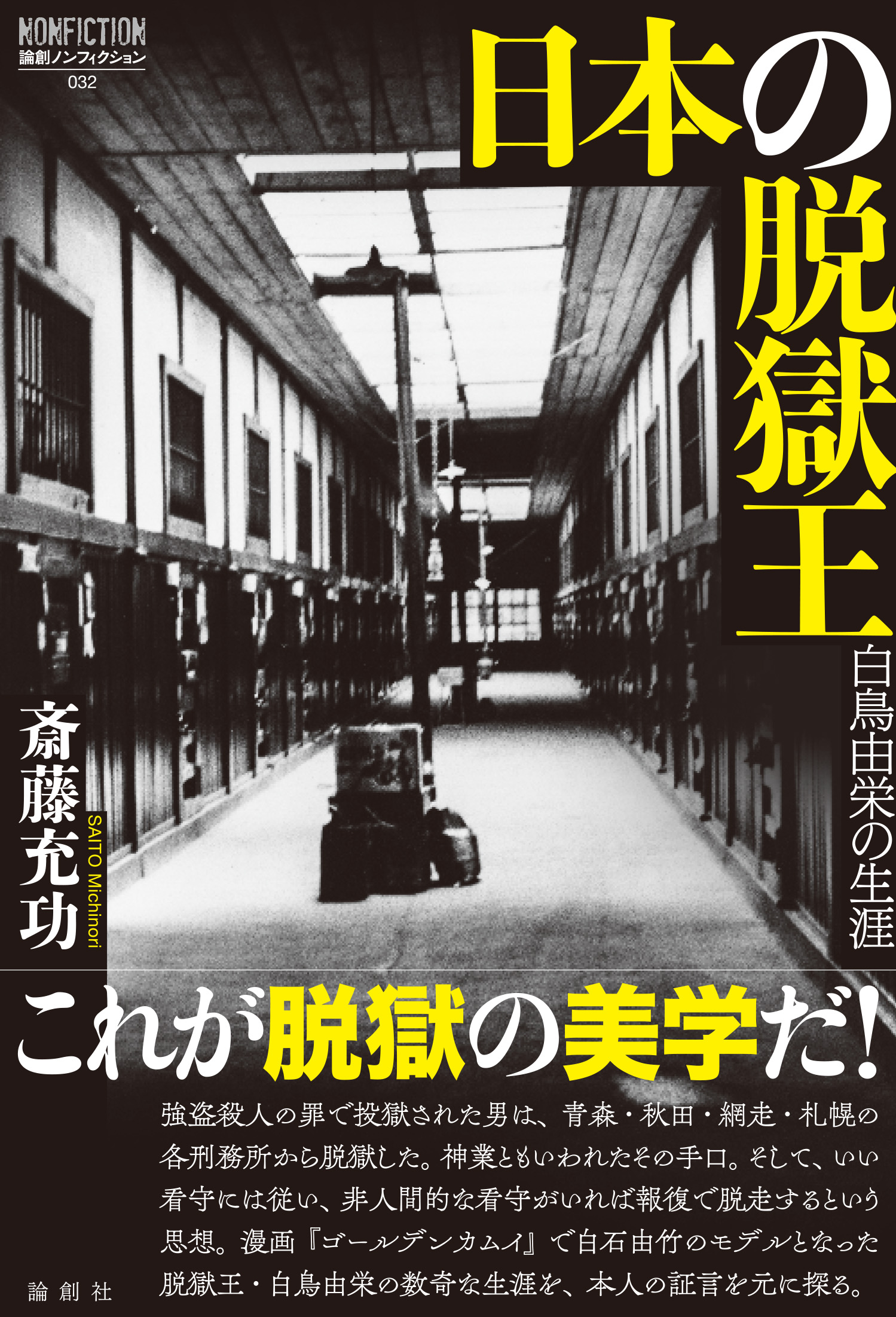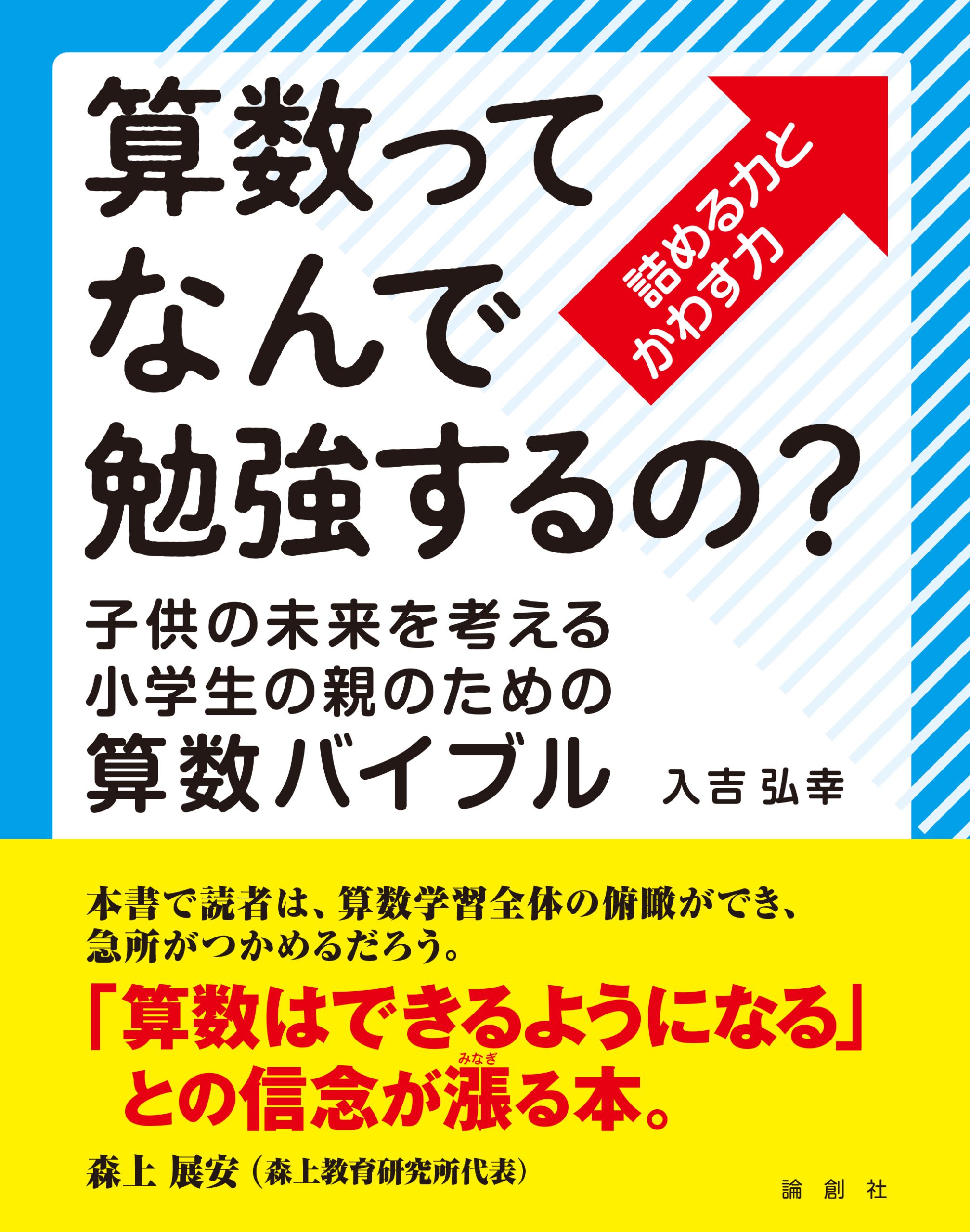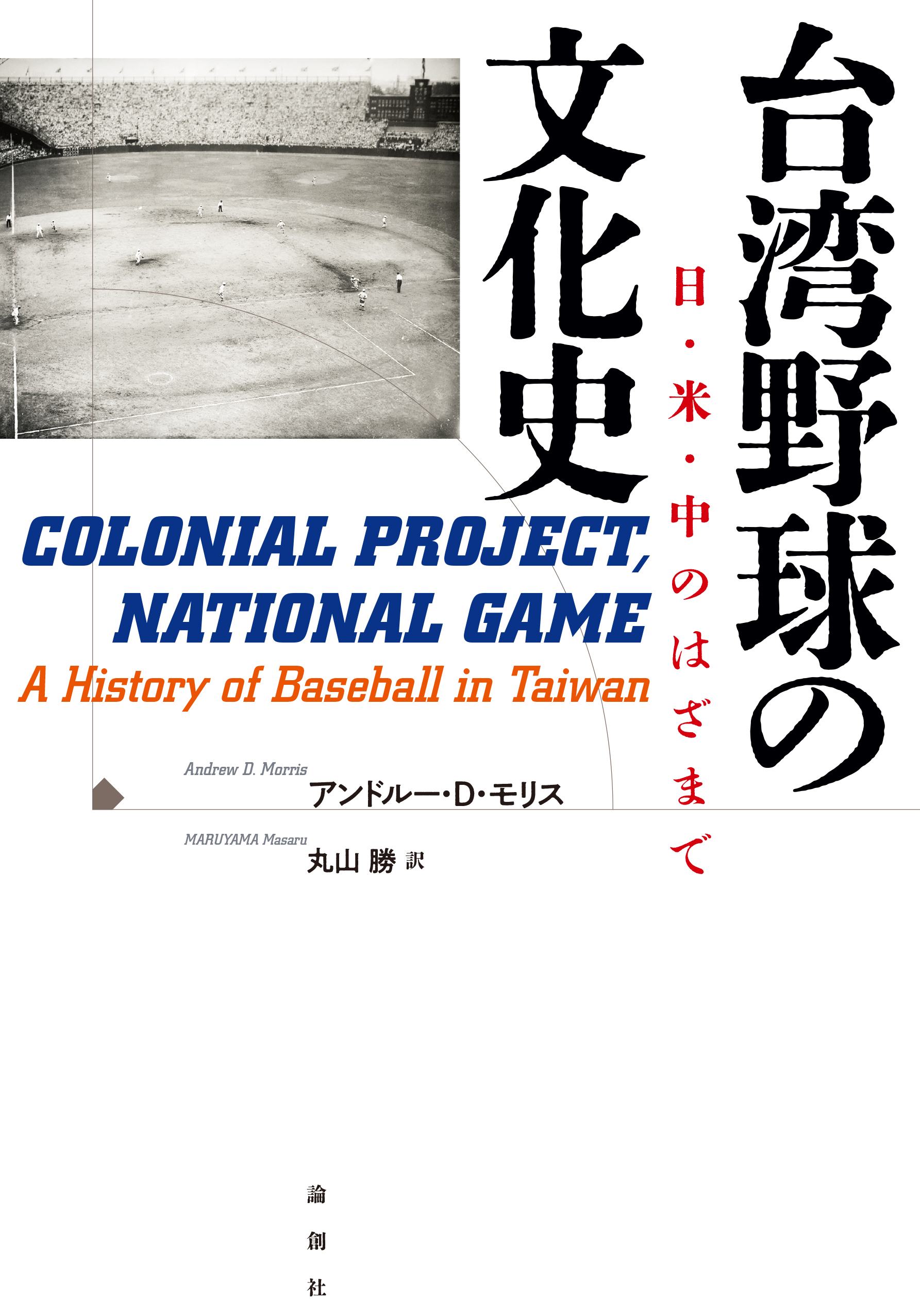- 2018-7-1
- お知らせ, 論創通信, The Nichiren Buddhism【ミステリーな日蓮 英訳版】
1. Kanzo Uchimura and Nichiren
Hiroto Ema
Kanzo Uchimura (1861-1930) selected five Japanese and described their lives in English to show the culture and thought of Japan to the West. This led to “Representative men of Japan”, which was published in the same year as the Russo-Japanese War. In this work, Uchimura selected Nichiren as one of the representative Japanese. Needless to say, Nichiren was an extraordinary monk of Buddhism who was hated by the Kamakura Shogunate and transported twice. Considering that the rest of the five were Takamori Saigo, Yozan Uesugi, Sontoku Ninomiya, and Toujyu Nakae, all of whom were active in the field of politics, economy, or education during the last days of the Tokugawa Shogunate, it seems strange that Uchimura selected Nichiren. Why? In “Representative men of Japan”, Uchimura explains the reason as follows.
“Divested therefore of his thirteenth century garb, of the aberration of his critical knowledge, and of a little taint of insanity that might have dwelt in him (as it dwells in all great men, I suppose), there stands before us a remarkable figure, one of the greatest of his kind in the world. No more independent man can I think of among my countrymen. Indeed, he by his originality and independence made Buddhism a Japanese religion.”
Uchimura praised the “originality and independence” of Nichiren as being comparable to those of “the greatest of his kind in the world”. Then, how were the “originality and independence” of Nichiren put forth in his age? With regard to this point, Uchimura plainly explains as follows.
“His sect alone is purely Japanese, while all others have had their beginnings either in Hindoo, or Chinese, or Korean minds.”
Uchimura says the belief which Nichiren popularized was his own and a new creation different from what was spread in India, China, or Korea. When we hear the name of Nichiren, we might remember the Daimoku “Nam Myoho Renge Kyo (南無妙法蓮華経)”, and the Mandala(Gohonzon) on which it was written magnificently. In fact, it has been believed that the Daimoku and Mandala(Gohonzon) were created by Nichiren, and not existed before him. So, from the next section, I would like to cast light on the mystery how the Daimoku “Nam Myoho Renge Kyo(南無妙法蓮華経)” and Mandala(Gohonzon) were created.
july 1st 2018
Please let us know your feedback via e-mail
(Next section will be released on August 1st).
1.内村鑑三と日蓮
江間浩人
内村鑑三(1861―1930)は、日本の文化・思想を西欧に向けて紹介するために、5人の日本人を選び、その生涯を英語で描きました。これが日露戦争の年に発刊された『代表的日本人』です。内村は、その一人に日蓮を選びました。いうまでもなく日蓮は、鎌倉幕府に睨まれて二度までも流罪にあった異僧です。ほかの4人が西郷隆盛・上杉鷹山・二宮尊徳・中江藤樹という、いずれも江戸から幕末に掛けて主に政治・経済・教育で活躍した人物であることを考えると、内村が日蓮を選んだのは特異にみえます。内村は、なぜ日蓮を選んだのでしょうか。その理由について、『代表的日本人』のなかで、こう述べています。
「日蓮から13世紀という時代の衣裳と、批判的知識の欠如と、内面に宿る異常気味な心(偉人に皆ありがちな)とを除去してみましょう。そのとき、私どもの眼前には、まことにすばらしい人物、世界の偉人に伍して最大級の人物がいるのがわかります。私ども日本人のなかで、日蓮ほどの独立人を考えることはできません。実に日蓮が、その創造性と独立心とによって、仏教を日本の宗教にしたのであります」
内村は、日蓮の「創造性と独立心」に、世界の偉人と並ぶ最大級の評価を贈ったのです。では日蓮の「創造性と独立心」は、当時、どのように発揮されたのでしょう。内村は、この点について、端的に次のように述べます。
「他の宗派が、いずれも起源をインド、中国、朝鮮の人にもつのに対して、日蓮宗のみ、純粋に日本人に有するのであります」
日蓮が広めた信仰は、日蓮独自のものであって、過去にインド、中国、朝鮮で広まったものとは違う新たな創造があった、というのです。私たちが日蓮と聞いて、真っ先に思い浮かぶのは、「南無妙法蓮華経」の題目と、これを中央に大書した曼荼羅ではないでしょうか。実は、この題目と曼荼羅こそ日蓮の独創であり、過去になかったものであると信じられてきました。そこで、次回からは、「南無妙法蓮華経」の題目と曼荼羅が、どのようにして生まれてきたのか、その謎に迫りたいと思います。
—ご感想はお問い合わせメールまで(次回は8/1予定)—



